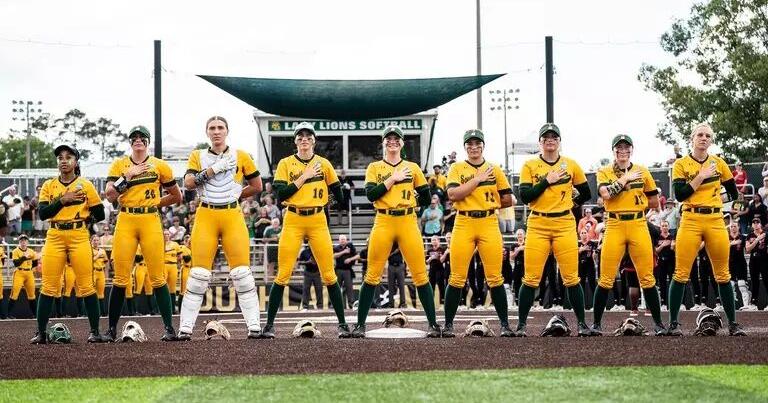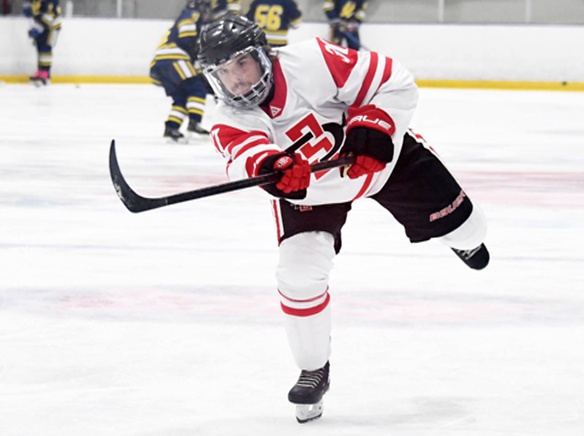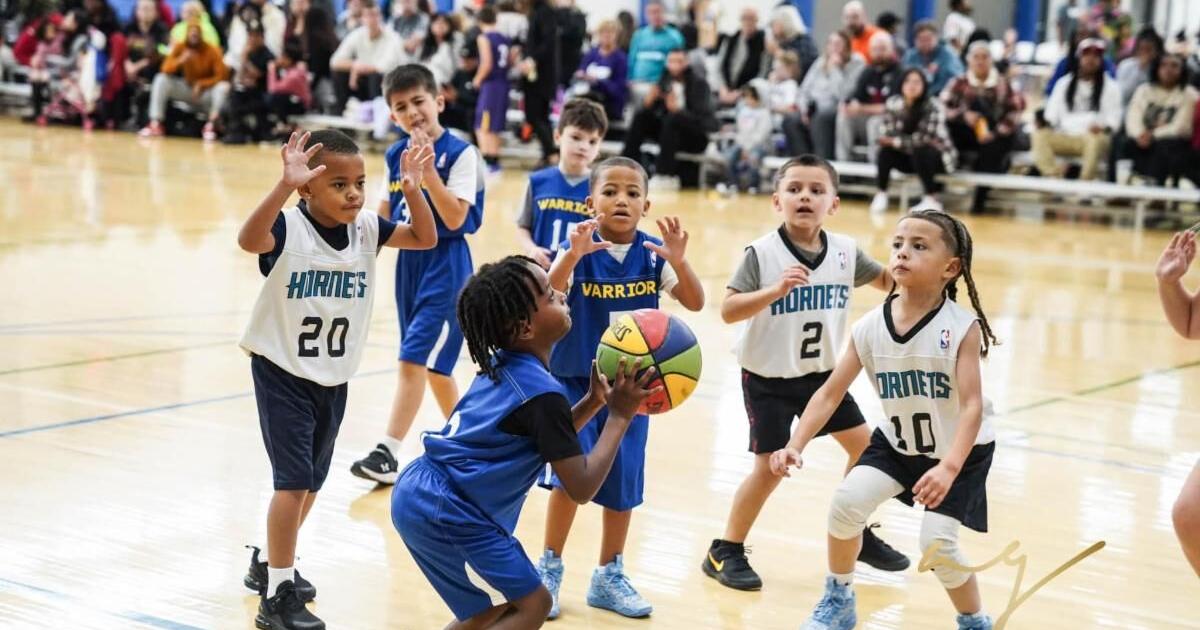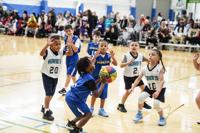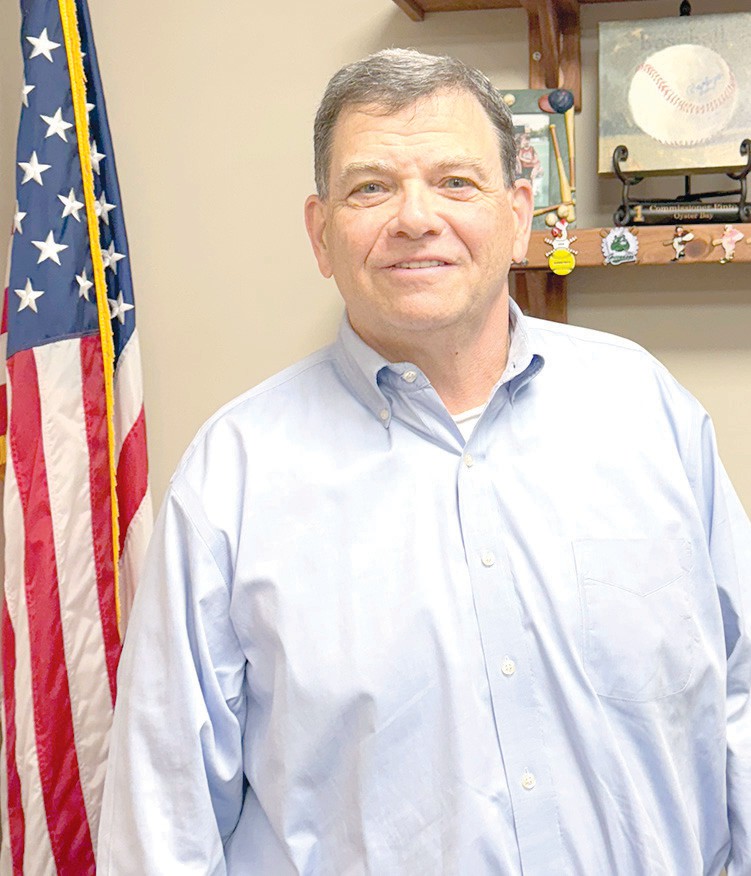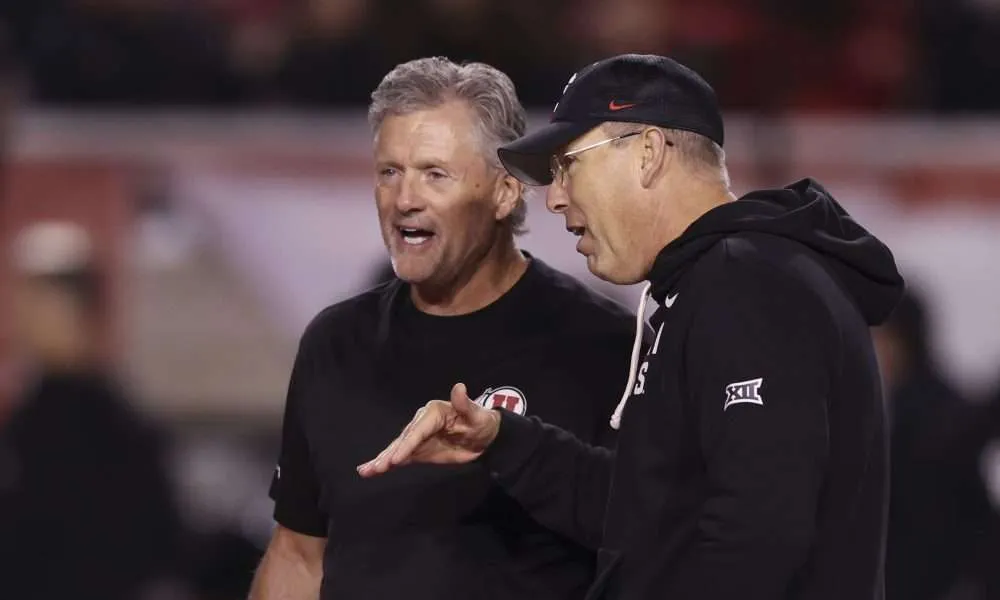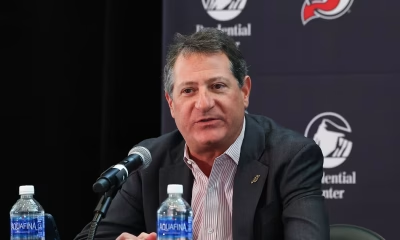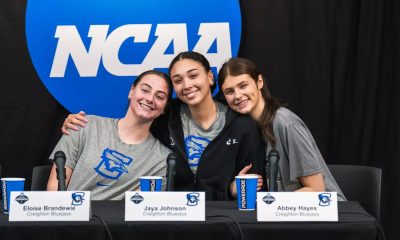
Joe Pinto, the Massapequa Herald Post’s Person of the Year Carolyn James /Herald
For 40 years, he has stood at the edge of the diamond, teaching generations of boys and girls not only how to field a grounder or swing through the ball, but how to believe in themselves. Parents trusted him, players looked up to him and the community came to rely on his steady presence in their youth sports programs. For Joe Pinto, coaching was never a hobby, it was a lifelong devotion to the sport he loved. But it was also something deeper.
Pinto’s father died when he was 5. His mother believed it was important for him to play ball and join the Scouts, where he could build relationships with male coaches and Scout leaders. He thought those experiences inspired his future as a baseball coach. What he didn’t realize then was that the path had also been nudged forward by his father — in the form of a worn note tucked inside a manila envelope.
“I was about 27 years old and was going through some of my father’s papers and there was a manila envelope that I picked up and opened,” recalled Pinto. “Inside was a note in my father’s writing that said: ‘Joe, be a manager.’ It was like my father was watching and listening to me.”

Joe Pinto, his wife Janis and sons, Joseph, Matthew and Vincent (center), who died in 2021. Courtesy Joe Pinto
Pinto, a Massapequa Park resident and commissioner of Parks and Recreation in the Town of Oyster Bay, grew up in Brooklyn. He came of age in the post-Dodgers era, when most people — including his family — became Mets fans.
“But secretly I rooted for the Yankees,” he said, laughing, later learning his father had been a Yankees fan, too. “I couldn’t tell anybody; you know, that’s like a mortal sin.”
Pinto’s first coaching assignments came in Brooklyn while he was attending Pace College in Pleasantville.
“I was 18 and it was freshman year,” said Pinto, recalling how parents helped cover the cost of his travel from Pleasantville to Brooklyn to manage the teams. He later coached in Pleasantville, cutting out the long trips.
He earned an accounting degree and joined Deloitte, Haskins & Sells, choosing to work out of the Syosset office rather than in New York City. The commute introduced him to Long Island, and he eventually bought a condo in Hauppauge.
Pinto married Janis, and the couple had three sons: Joseph, Mathew and Vincent, who died in 2021.
The family purchased a home in Massapequa Park and Pinto brought with him his passion for baseball and coaching. By then, he had taken a job with The LiRo Group, a construction engineering firm.
His devotion to youth sports eventually led him into politics. In 1995, while volunteering with the Massapequa International Little League, a fire tore through the Massapequa Park Community Center, destroying $35,000 worth of league equipment and uniforms. At the time, Pinto was serving on the Planning Commission. When efforts to recoup the loss stalled, a frustrated Pinto ran for village trustee — and won. He became deputy mayor in 1999.
“He worked tirelessly as a member of the Village Board and was an important part of many of the changes that have made Massapequa Park a great place to live and raise a family,” said Mayor Danny Pearl. “We are fortunate to have him as part of the Village, in Little League and in the Town of Oyster Bay as Parks Commissioner.”
During his time on the Village Board, Pinto helped revitalize village parks and recreation areas, work noticed by Joseph Saladino, who later became Oyster Bay town supervisor. Pinto eventually ran for Oyster Bay Town Council, where he used his CPA background to help manage budgets for, among other things, town engineering projects.
When the position of commissioner of Parks and Recreation opened, the Town Board quickly appointed him.
“On the board of our Little League, preparing fields, understanding all the complicated intricacies between the needs of our community and the role of our Town Parks Department, he is an expert in that and is the perfect person to head up our parks department and to also assist us in all of the financial matters of this town,” said Saladino in nominating Pinto.
I have had the pleasure of knowing Joe for close to two decades,” said Craig Garland of the Massapequa Coast Little League. “Joe is one of the most respected baseball people on Long Island. His passion for youth baseball and keeping kids in Little League is is second to none and when it comes to youth baseball here in Massapequa, Joe volunteers countless hours for the benefit of our community. That enriches the lives of children and families in Little League.
Garland added that his work as Parks Commissioner also helps enhance the quality and variety of youth programs in Oyster Bay.
Pinto has spent more than four decades coaching baseball. Looking back he says he sometimes thinks of some young, snarky kids who give him trouble when he tells them to run or work out. He says that 40 years from now, he hopes those same kids are together somewhere in Massapequa Park, looking back on those days and laughing.


